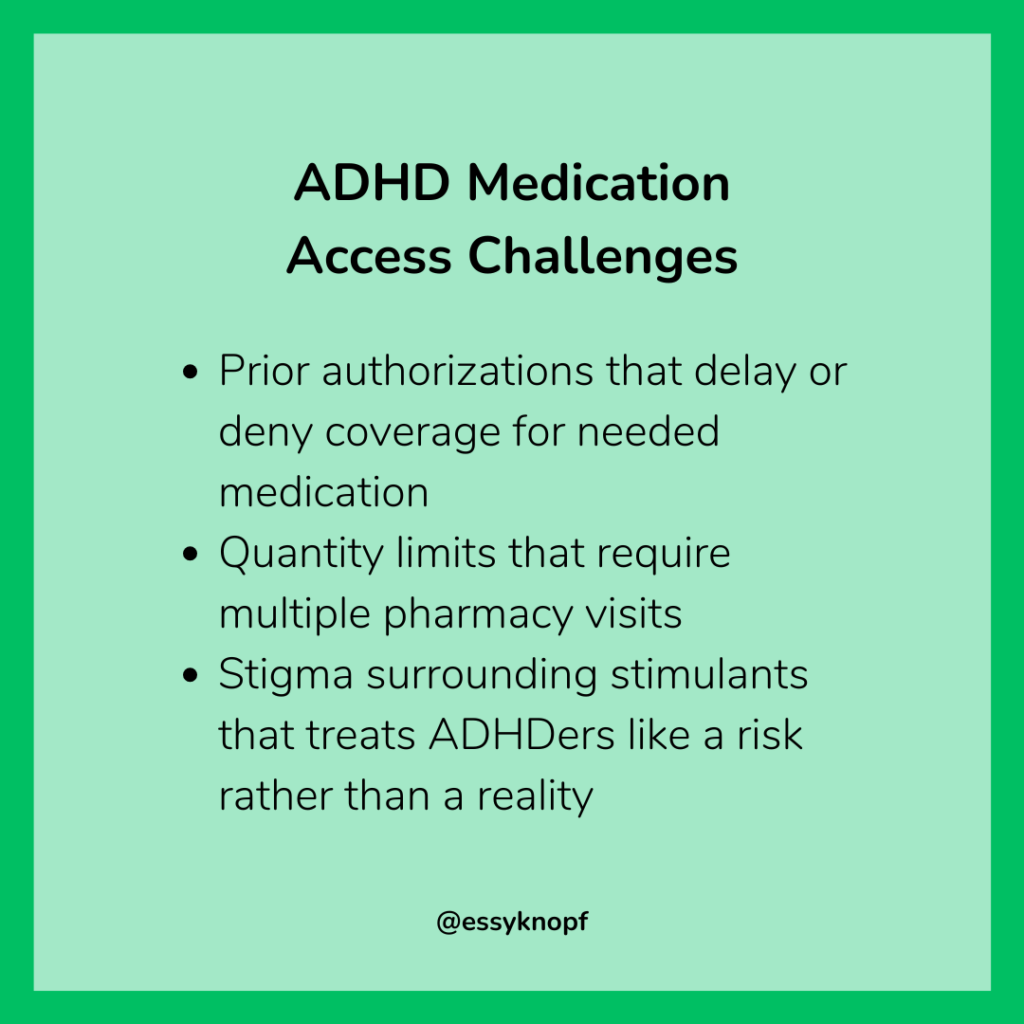Introducing DANDORI: A productivity system for neurodivergents
For many autistics and ADHDers, daily life is like trying to juggle too many balls at once—except those balls are constantly changing shape, and some vanish the moment you reach for them. Executive dysfunction makes it hard to organize, prioritize, and complete tasks, leading to frustration and a feeling of being stuck.
Common struggles include:
- Knowing what needs to be done but struggling to start (task initiation issues)
- Hyperfixating on one task while ignoring everything else (time blindness)
- Forgetting appointments, deadlines, or important responsibilities (working memory challenges)
- Feeling overwhelmed by big tasks because breaking them down seems impossible (task chunking difficulties)
- Struggling with transitions or shifting focus between activities (attention-switching issues)
The world often expects neurodivergents to simply “try harder,” but effort alone isn’t enough when the brain’s executive functions work differently. Instead, structured strategies—designed with neurodivergent needs in mind—can create pathways to success. Enter the DANDORI system.
Introducing DANDORI: A Productivity System for Neurodivergents
DANDORI is a structured framework for improving executive function. Borrowing from a Japanese term meaning “procedure for carrying out a plan,” DANDORI helps break tasks into manageable steps, boost motivation, and increase accountability. Each letter in DANDORI stands for a key principle:
D – Do More, Keep Busy (With Intention)
For many neurodivergents, motivation swings between extremes—either hyperfocus or complete inertia. By balancing activity levels, we can regulate motivation more effectively. Strategies include:
- Chunking: Breaking tasks into smaller, achievable steps to reduce overwhelm.
- Task Batching: Grouping similar activities together (e.g., answering emails in one session) to improve efficiency.
- Active Transitioning: Using short physical activities (e.g., stretching, walking) between tasks to maintain momentum.
A – Accountability
Having external accountability structures can make all the difference when motivation wanes. Some ways to maintain accountability include:
- Using Habit-Tracking Apps: Apps like HabitShare allow you to log progress and even involve friends in your goals.
- Body Doubling: Working alongside a friend (virtually or in-person) can help increase focus and follow-through.
- Public Commitments: Sharing your goals with a trusted person can create a sense of responsibility and increase follow-through.
N – Nurture Motivation (Success Stacking)
Motivation thrives on small wins. By creating early successes, we can build momentum and confidence. Strategies include:
- Success Stacking: Starting with small, easy tasks before tackling harder ones.
- Rewarding Progress: Giving yourself incentives (e.g., a break, a snack, or watching a favorite show) after completing tasks.
- Pomodoro Technique: Working in 25-minute focus sprints followed by 5-minute breaks to maintain motivation.

D – Define Goals
Clear goals prevent tasks from feeling overwhelming and directionless. Tools to help with goal-setting include:
- The Eisenhower Matrix: Categorizing tasks based on urgency and importance.
- SMART Goals: Ensuring goals are Specific, Measurable, Achievable, Relevant, and Time-bound.
- Reverse Planning: Working backward from a deadline to map out necessary steps.
O – Optimize Tracking & Organization
Creating an organized system minimizes cognitive overload. Some helpful approaches include:
- Numbered Folders & Labels: Keeping digital and physical spaces structured.
- Task Boards & Planners: Using tools like Trello, Notion, or a simple bullet journal to track progress.
- Automated Reminders: Setting up notifications for tasks and deadlines.
R – Remind Yourself
Memory aids are crucial for managing executive dysfunction. Strategies include:
- Using Sticky Notes & Whiteboards: Placing visible reminders in key areas.
- Voice Notes & Digital Assistants: Recording quick notes or using smart home devices for reminders.
- Visual Timers & Clocks: Displaying countdowns for task completion.
I – Implement Time Management
Neurodivergent time perception can be inconsistent, making it essential to develop time management techniques:
- Time Blocking: Allocating fixed time slots for specific activities.
- Flexible Scheduling: Allowing buffer time between tasks to accommodate energy fluctuations.
- Gradual Adaptation: Starting with shorter work periods and increasing as focus improves.
Final Thoughts
No system works perfectly for everyone, so it’s essential to tailor these strategies to your unique needs. Be flexible, experiment, and most importantly, practice self-compassion. The key to managing executive dysfunction isn’t perfection—it’s persistence.
Would you try the DANDORI system? What strategies have worked for you? Share your thoughts in the comments below!

Essy Knopf is a therapist who likes to explore what it means to be neurodivergent and queer. Subscribe to get all new posts sent directly to your inbox.




